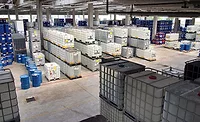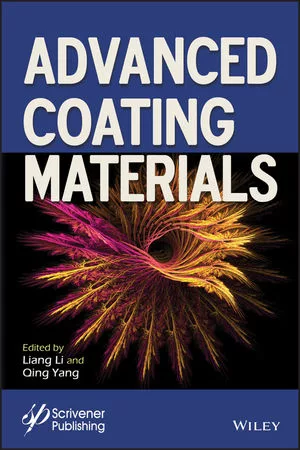Saving Capital on In-House Coating
Coating application is often considered a “necessary evil” for manufacturers and suppliers. Traditionally, manufacturers elect to either install their own in-house coating equipment or ship parts to the nearest capable job shop. There can be concerns associated with both of these options.
Consider the cost, talent and requirements of operating a coating system: system design, racking, system maintenance, material and process selection, performance testing, wastewater treatment, operator training, and such environmental expenses as permitting, reporting and certification.
Owning a captive system in a manufacturing facility is frequently considered a questionable business expense. First, it is difficult, at best, to identify the true costs of the coating applicationespecially if coating is not considered a core competency. Another consideration is the staff required to operate and manage a coating system. Today’s logistically friendly manufacturing plants are typically smaller and cannot duplicate staff to manage coating systems. Making the commitment to spend precious capital on that personnel and equipment, particularly without the expertise and track record in coating, needs to be seriously considered.
Outsourcing to the nearest job shop has been, and continues to be, a viable option for many companies. However, if the facility has an appropriate critical mass of volume providing justification for an in-house system, shipping parts some distance for coating can be avoided. Having a system in-house can minimize inventory and reduce special packaging needs. Additionally, corrosion can be a problem when shipping product to a job shop some distance away. Finally, manufacturers don’t always favor having a supplier perform the final inspection of products sent directly to their customers.
There is an alternative to these traditional coating methods. Assuming the manufacturer has enough product to justify installing a coating system, it may be advantageous to bring these services in-house with a coating system integrator/operator. In the past decade, many companies have realized the benefits of coating systems that can deliver this type of customized, full-system management inside their facilities. There are several advantages.
Most importantly, the manufacturer does not have to commit to becoming a “specialist” in an area outside its manufacturing expertise. An in-house provider can deliver a coating program incorporating system design, fabrication, installation, ramp-up and long-term operation.
The coating specialist should be able to deliver a coating system at a guaranteed price for the life of the agreement. Imagine the competitive advantage of knowing what your total coating costs will be, not only in the first year of the contract, but also in the seventh year.
The outside specialist also handles all communication with equipment providers, material and pretreatment suppliers and multiple government agencies. In addition, the specialist provides all the trained technicians for the operation, both at the start of production and for the long term.
When committing to an on-site, independently operated coating system, consider the following:
First, verify the competency of the coating applicator. Selecting a company that specializes in all aspects of coatingdesign, installation and long-term operation of specialized coating systemsbrings in-house expertise in a cost-effective manner.
Next, involve the coating specialist early in the design process. Manufacturers have found it prudent to involve the specialist even in the design of the plant, which helps avoid problems such as unnecessary building space, inadequate ceiling height or inappropriate roof penetration locations. The specialist understands the overall goals of the manufacturer’s coating operation and can develop a customized, turnkey system that will meet long-term operational and financial goals.
This customized, comprehensive on-site coating approach has become a successful alternative to traditional coating models. Manufacturers utilizing this approach find the in-house supplier to be seamlessly integrated into the routine operations of the facility, with delivery of best-in-class coated product at the lowest total overall cost.
Looking for a reprint of this article?
From high-res PDFs to custom plaques, order your copy today!








